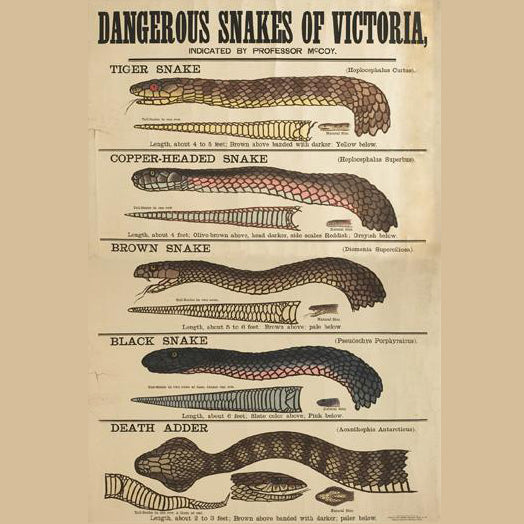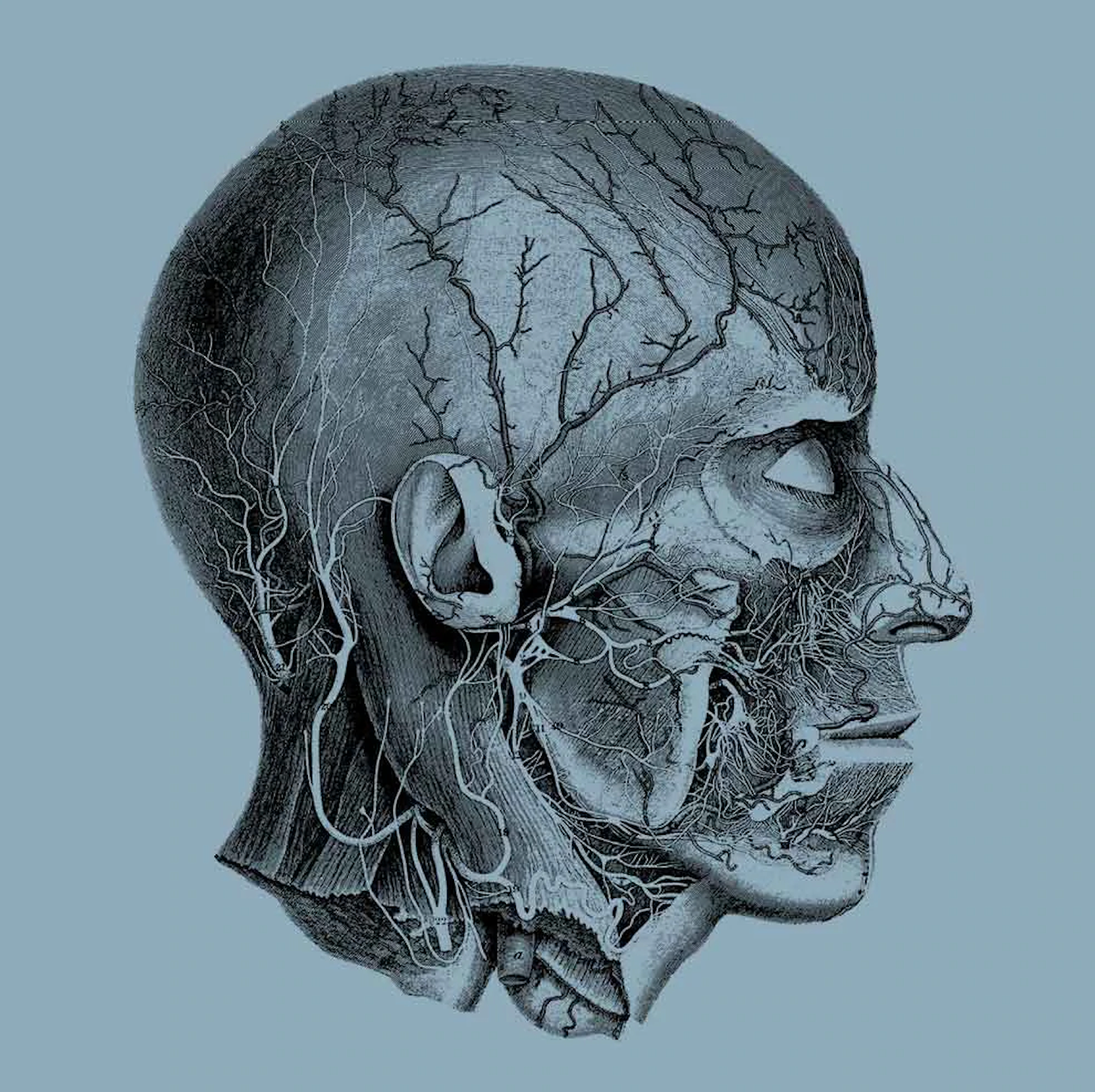There are over 3,000 species of snake worldwide. Of the 600 poisonous types, only 200 species have venom strong enough to harm or kill a human - and the top three most venomous snakes on Earth are all native to one country - read on to find out which one.
What's the world's most venomous snake?
The most venomous snake on Earth is the deadly Dandarabilla, otherwise known as the Inland Taipan (Oxyuranus microlepidotus). Estimates suggest that venom in one bite could kill 100 adult humans. It is native to Australia and lives in the remote semi-arid region where the Queensland and South Australia borders meet. The Dandarabilla makes its nest in holes dug by other animals. It is a specialist hunter of mammals, and its venom is adapted to kill warm-blooded species. When a Dandarabilla prepares to pounce, it curls its body tightly before lashing out and will strike with one quick bite or multiple bites in the same attack. Each bite will inject a deadly dose of venom in almost every case. The poison is Taipoxin, a concentrated mix of neurotoxins, procoagulants, and myotoxins that paralyse and damage muscles, hinder breathing, and cause haemorrhaging in blood vessels and tissues.

Oxyuranus microlepidotus at Australia Zoo photo by XLerate
What's the second most venomous land snake?
The second most venomous land snake lives in Australia, Papua New Guinea and Indonesia. The Eastern Brown Snake (Pseudonaja textilis) is responsible for more deaths from snakebite in Australia than any other species. It is extremely fast; according to Australian naturalist David Fleay, it can outpace a person running at full speed. A mature Eastern Brown Snake can grow up to 2m long. Its colour ranges from light brown to almost black, and it has a cream-yellow underside, with orange, brown or grey splodges. The Eastern Brown Snake is known by different names to the various indigenous Australian tribes local to its habitat. It is called marragawan by the Eora and Darug people in the Sydney basin, goobalaang to the Dharawal people of Illawarra. Warralang is the reconstructed name in the Wiradjuri language of southern New South Wales.

Deadly snakes poster published by Museum Victoria in 1877
Discovering a new taipan species

Central Ranges Taipan by DEC
What makes a snake dangerous?

Coastal Taipan by AllenMcC
What happens if you're bitten by a poisonous snake?
If this snake bites you, the effects will begin to show one to six hours later. Symptoms may include:
Diplopia (double vision).
Discomfort in the chest.
General aches.
Weakness in limbs.
Ataxia (disorders that affect coordination, balance and speech).
Glossolysis (paralysis of the tongue).
Loss of voice.
Dysphagia (swallowing difficulties).
Tunnel vision.
Difficulty breathing.

Many Banded Krait by Skink Chen
Interested in learning more? |
|
Get Animal Skeletons & Anatomy in paperback or eBook. It has hundreds of exquisitely crafted 17th and 18th-century etchings, engravings and lithographs of animal skeletons and anatomical diagrams of snakes, birds of prey, kangaroos, lions, mastodons, rabbits, walruses, bats, lizards, horses, giraffes, rhinoceros, deer, camels, whales and more.
Each book comes with a unique download link providing instant access to high-resolution files of all images featured for use in art and graphic design projects, or printed and framed to make stunning decorative artworks.
|





